
Back when I drove to work, I used to drop my dog off at the groomer on my way. One day, I got ready for work, put my dog’s leash on her, and got her into the car. With something else on my mind, I succeeded in getting almost all the way to work.
At a stoplight, my dog started whining for me to open the window. At that moment, it dawned on me. I wasn’t anywhere near the groomer’s location.
Without realizing it, I had gone on complete autopilot. I had little recollection of how I got from home to where I currently was. At that moment, I had to pull over and turn on GPS on my phone, so I could figure out how to get from where I was back to the groomer.
We’ve all experienced times when we’ve gone on autopilot. Sometimes, it’s for silly things like forgetting about the dog in the backseat. Other times, it applies to big life decisions.
What is Autopilot?
According to Merriam Webster’s dictionary, there are two main definitions of autopilot (which is short for automatic pilot):
- Autopilot – A device for automatically steering ships, aircraft, and spacecraft
- Automatic Pilot – A state of condition in which activity or behavior is regulated automatically in a predetermined or instinctive manner.
Since we’re not literally talking about steering a heavy vessel, let’s focus on the metaphorical definition. It’s a condition in which we’ve set our course. Then, we move forward in a predetermined way without adjusting the course.
If you are like me, you might sometimes feel like you are going through the motions and trying to manage your busy life. This could keep you from taking the time to step back to decide what you truly want to do.
Because I was on autopilot, I stayed in a toxic job for 4 years. Things were so busy, and I was completely burned out. I used my limited mental energy to just get through each day, not to stop and figure out if this was what I wanted.
I was on autopilot and too exhausted to get off of it.
You might be on autopilot if:
- You weren’t intentional about pointing yourself in the direction you wanted in the first place. You are following someone else’s script for success.
- You were intentional at first but didn’t check back in on your progress. Perhaps something that used to serve you no longer works.
We need to get our lives off autopilot.
To be clear, I don’t think that all autopilot is bad. Autopilot can be helpful when you intentionally set a particular course. Then, checking back in periodically is vital to ensure it’s still the right course. Building habits can help to free up our mental load so that we can focus on the things that are most important to us.
For example, our finances are on autopilot. Every month, a certain amount of money gets automatically sent to savings and investments. This works for us, but we don’t do it blindly. We intentionally choose how much we want to send to each account at the beginning of the year. If we have big life changes, we made adjustments.
If you have intentionally set something on autopilot and you monitor it, that’s not what I’m talking about. I’m focusing on the autopilot where we didn’t intentionally chart our course or we didn’t check back in and what we’re doing is no longer working for us.
In this post, we are going to explore why people get on autopilot in the first place, and how we can get off autopilot.
Why We Get on Autopilot in the First Place
There are many reasons why we end up on autopilot. Here are the top three.
Stress and Busyness
There are times in our lives where things feel extremely stressful and busy. We are just trying to get through each day. Going through the motions will help to keep us “on our feet” for longer.
With this level of stress and burnout, we can lose connection with our inner selves. We might lack the time or energy to take a step back and think about how we are feeling and what we really want.
When I was working in my stressful, toxic job, I felt like I could barely make it through each day. I spent all my time either working, getting ready for work, or recovering from work. With this level of stress, it was hard to muster up the energy to reflect on what I wanted.
I had strayed so far away from what I wanted that it was going to take a lot of work to get back to the place where I wanted to be. But, I felt too exhausted to do the work.
A Desire to Please Others
Sometimes, the path we are on isn’t one we designed for ourselves. People push us toward particular paths and life decisions all the time. Our parents, teachers, professors, friends, families, colleagues, and bosses try to influence us every day.
Sometimes, people have valuable recommendations. But, we must evaluate each decision ourselves to ensure it is what we want.
I’m sure the list is endless, but here are a few things people will have opinions about:
- Where you go to school
- Whether you take on debt to go to school
- What you study
- What kind of career you pursue
- Whether you try to climb the career ladder
- How much money you should aim to make
- How much money you should spend
- What you should spend our money on
- Where you should live
- What kinds of hobbies and interests you should pursue
- How you should spend your free time
- Whether you get married
- Whether you have kids
The list goes on and on. So many of us have an innate desire to be liked and accepted. This can cloud what we actually want and what matters most to us.
Not Knowing There are Other Options
Sometimes, we follow the standard or default path laid out by society because we don’t realize there are other options.
For many of us, society’s expected path for us is to get a “good” job that we don’t hate. Then, we work at it for 40 years. We buy a big house and lots of stuff, and we are expected to be happy with 3-4 weeks of vacation time each year.
We might think this is “just reality,” so we need to make the most of it.
I used to think this way. I started out being very idealistic and expecting to do international development work. Then, I got out into the real world. I could barely make ends meet, so how would I ever live an unconventional life of meaning and purpose?
Because of this, at the age of 22, I wholly bought into society’s script for success. I couldn’t imagine being able to cover all my expenses in any other way.
Once I started making more money, I, unfortunately, didn’t re-evaluate this assumption until 2018 when I learned about financial independence. I thought I needed to make peace with the reality of working a job I didn’t like for 40 years.
How to Get Off Autopilot
A lot of people don’t realize they are on a path they don’t want to be on until there’s a crisis. Sometimes, this crisis is the death of a family member or friend. Other times it’s dealing with a physical or mental health issue. For some, large societal issues such as a pandemic will provide the jolt we need to get off autopilot.
Crises can push us to make significant shifts in our lives. Yet, it’s important to remember that experiencing a crisis is not necessary to change your trajectory. You can evaluate the direction you are headed before getting into a crisis situation.
Here are three things that you can do that will help you get off autopilot.
1. Listen To Your Emotions
The reason why crises are so powerful is that they typically evoke extreme physical and emotional responses. Oftentimes, these responses won’t let us go back to normal.
For example, a crisis happened to me in the summer of 2018 when I started experiencing panic attacks. I hadn’t attended to my emotions in so long that my brain had to literally start shutting down my body and my ability to cope before I listened to it.
Looking back, I am glad that I learned from this crisis. I am living a very different life today.
However, I also now know that I didn’t need to let it get as bad as it did. I didn’t need to wait until something stopped me to make changes. I could have made a conscious decision to get off autopilot a lot earlier, simply because I wanted something different.
I didn’t realize this at the time though. This is why I talk about this experience so often. I don’t want others to get to the same place I did.
When we learn to listen to ourselves and our emotions, this allows us to start making changes before we get to a breaking point.
Listening to our emotions can also be described as becoming more mindful.
Mindfulness allows us to:
- Be fully in the present moment
- To recognize and accept our feelings and emotions as they are
- To listen to what our feelings and emotions are telling us about what to do next
There are many ways to build up mindfulness skills. These include:
- Meditation. I use the headspace app and would absolutely recommend it. I’ve meditated over 9,000 minutes in the last 3 years. It has completely transformed my life.
- Journaling. Even spending as little as 10 minutes a day writing down your thoughts and feelings can be incredibly valuable.
- Therapy. If there are things that you are struggling to work through yourself, I’d encourage you to find a therapist.
- Check in with yourself throughout the day. You can simply ask, “How am I feeling?” In my coaching programs, we’ll often start meetings with an “emoji check-in,” where we describe how we are feeling using one or two of the emojis we find on our phone. It allows us to get specific about how we are feeling.
Mindfulness helps us to move away from what we should do and who we think we should be. We can then identify our values and what we truly want our lives to look like.
Once we can identify how we actually feel about particular areas of our life, we can use these feelings as a guide. Positive feelings often help us know we are on the right track. Negative and painful feelings send us a message that we need to take action.
If we can embrace what our negative feelings are telling us before they become overwhelming, we can sometimes make shifts before we get to a crisis.
2. Eliminate Things You Don’t Want In Your Life
One of my favorite books is Essentiantialism. The book focuses on “pursuing less but better.” I’ve eliminated so many things that were adding value to my life.
- I quit my full-time toxic job.
- I set clear boundaries in my new part-time job about what I would and wouldn’t do.
- I quit my position as the chairperson of a nonprofit board. It took up a lot of time, and I knew others would step up.
- I stopped attending a book club. I had other interests to focus on and a thriving support system outside of it.
- I ended up quitting my (totally fine) part-time job in early 2021, so I could focus on my business.
One important point in Essentialism is that if you don’t make a conscious decision to say “no,” you are actually saying “yes” to the default.
If we aren’t happy with our default, constantly saying “yes” will keep us there.
This is why it’s so important to learn to say “no” and set boundaries around what’s important to you. More importantly, we can figure out which pointless activities drain the most energy and eliminate those from our lives. This provides us with more time to focus on things that really matter.
3. Rediscover Joy
When I was in the throes of burnout and autopilot, I knew I wanted to make a change.
But, I didn’t know what to do. I didn’t even know what I enjoyed doing anymore. I had minimal hobbies besides reading and watching TV, and their purpose was to escape my life.
My sister recommended a process that she went through that helped her realize she wanted to start her own business. This process was outlined in a book called The Artist’s Way and is meant to help people work through creative blocks.
This book recommended two practices – daily journaling (see above for mindfulness practices) and a weekly “date” with yourself. For this weekly date, I needed to figure out something to do once/week that was purely for joy and fun. It had to be something I wanted to do – not something that someone else would want to do.
It took me a while to figure out what I wanted to do. After some reflection, I decided to take a photography class. Doing something purely for fun helped me to reconnect with myself and my desires.
It also helped me to remember WHY I wanted to be more intentional with my life…
So that I could intentionally create more moments of fun and joy.
These moments of joy were great goals in and of themselves, but they also helped me to build up my energy reserves. This allowed me to place more of my focus on things that really matter to me.
I want to get off autopilot. Where do I start?
It’s hard to admit to ourselves that we are on autopilot and headed in a direction we aren’t thrilled about. The process of getting off autopilot can feel scary and painful even if you know it’ll be beneficial in the long run.
First, it’s important to remember that financial freedom isn’t all or nothing. As you gain financial freedom by getting out of debt, building your emergency savings, and investing for retirement, your options increase. Over time, you can make significant changes in your life without waiting to retire early.
It feels scary to go against the grain and lose predictability. It’s also painful to realize how far you’ve strayed away from your values and what you actually want.
Start by doing 3 things:
- Become more mindful of how you feel and what you truly value through journaling, meditation, and other mindfulness practices.
- Say no to non-essential things that drain your energy.
- Seek out activities that will help you rediscover joy. Do at least one thing per week solely because it’ll be fun for you.
To be honest, these 3 things are easier said than done.
This is why I’m providing you with a downloadable worksheet (below) to help you think about what you value and want most. This worksheet is actually the first activity participants complete as part of my Design A Life You Love Group Coaching Program.
Taking these three steps will help you get off autopilot and reconnect with yourself and what you value. This is the first (and most vital) step if you want to use your financial freedom to design a life you love.

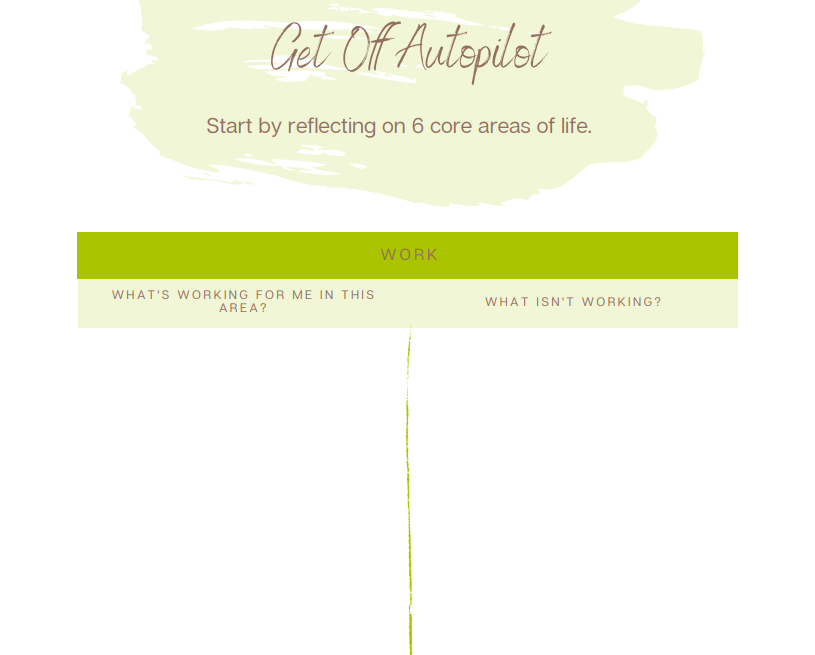

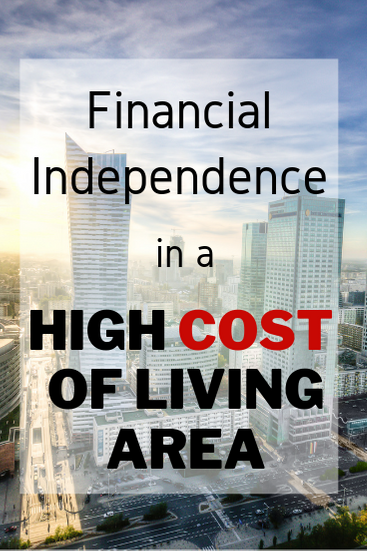
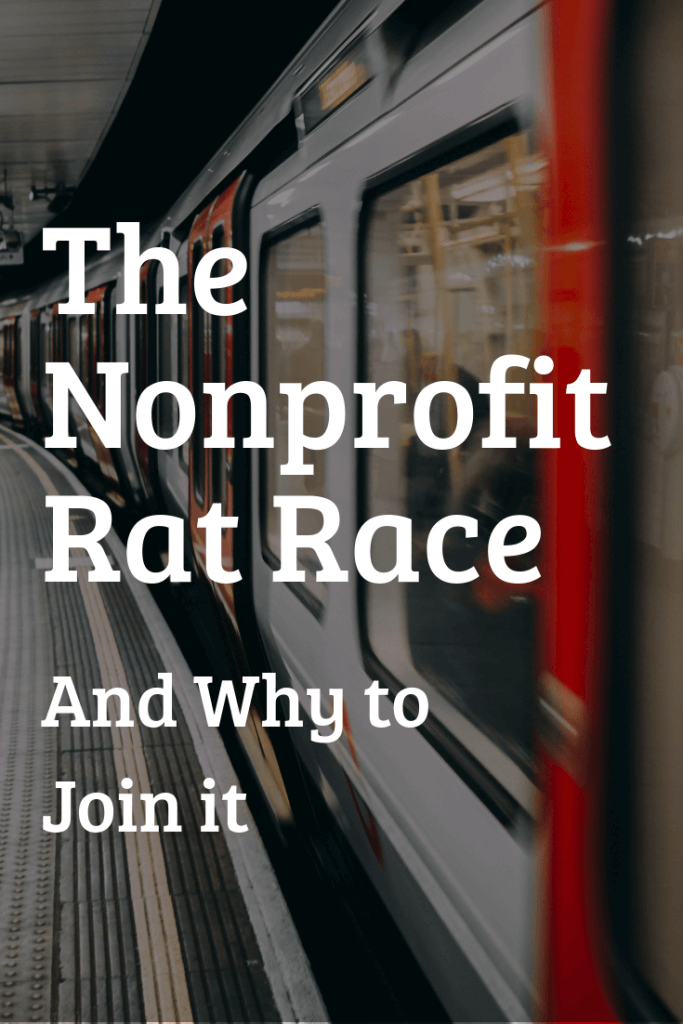

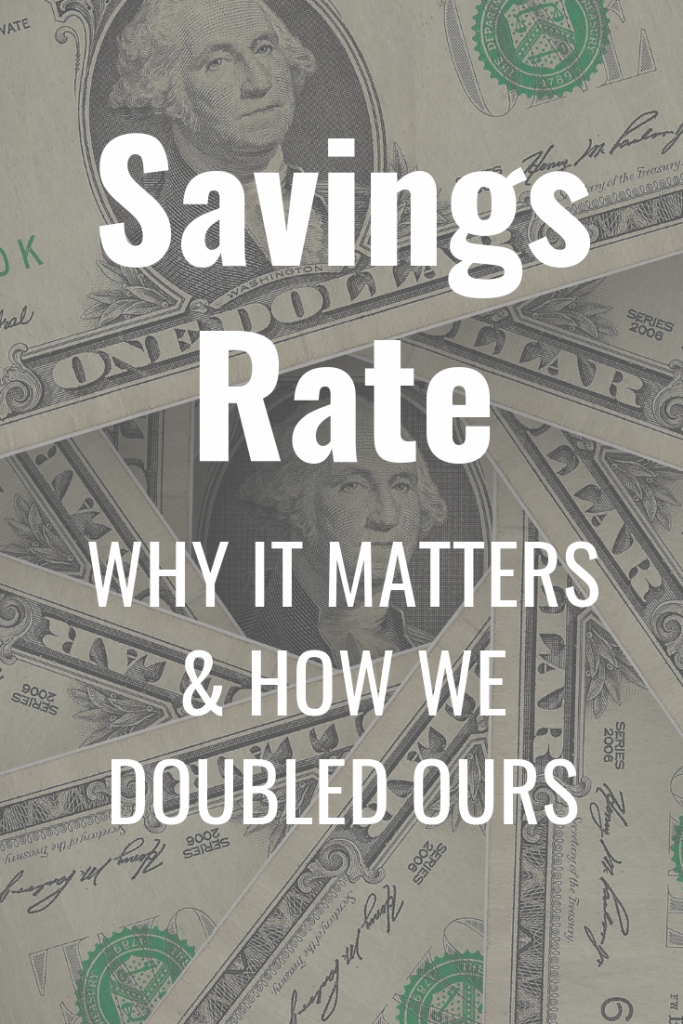
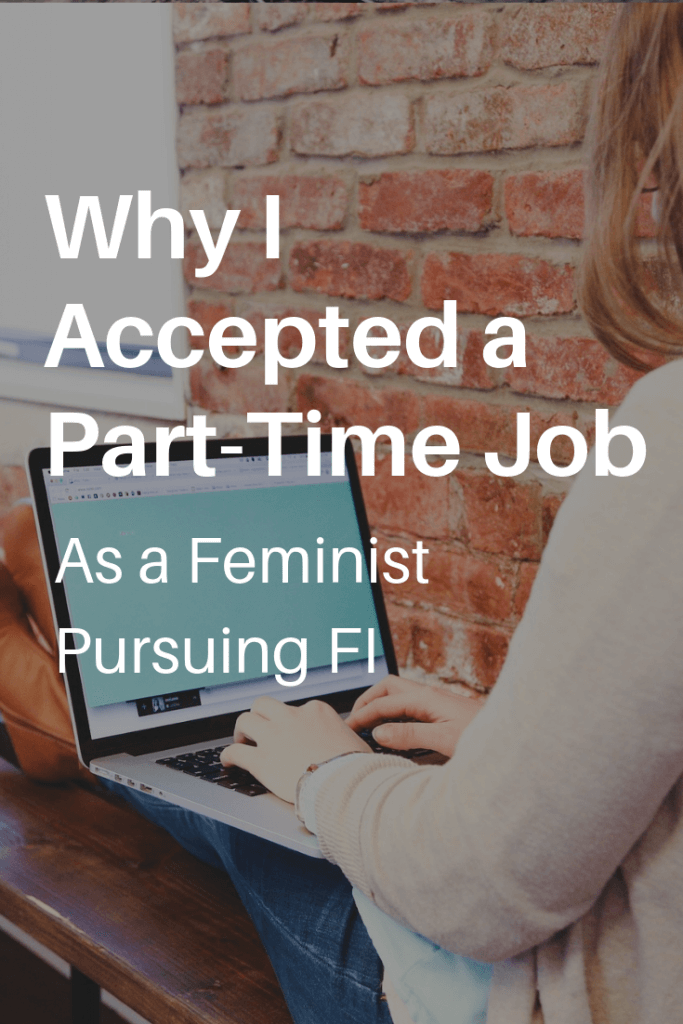
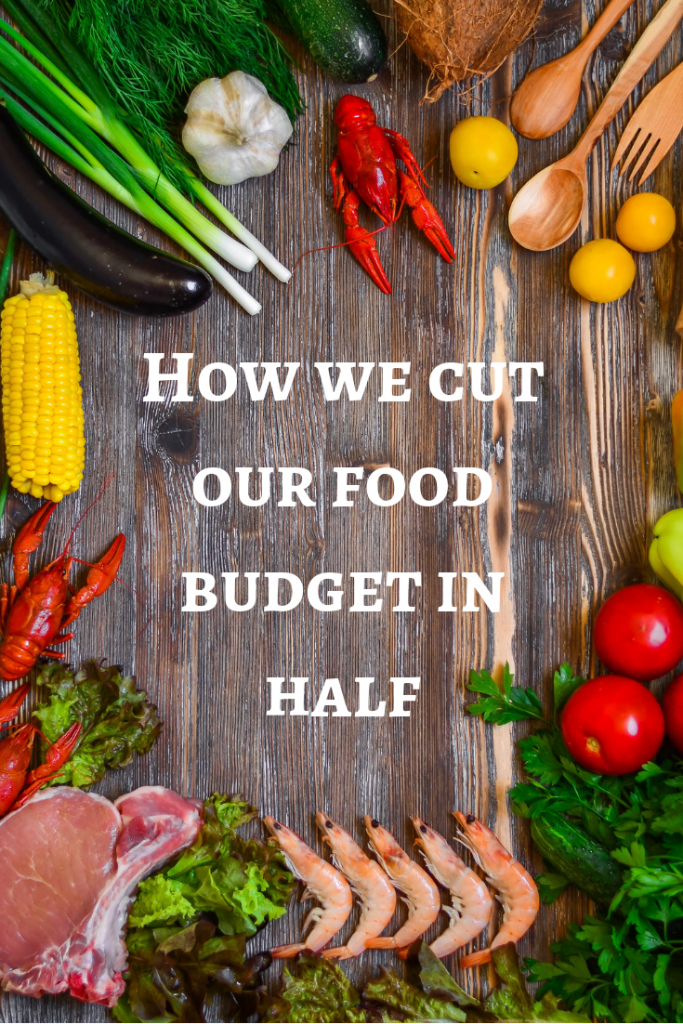
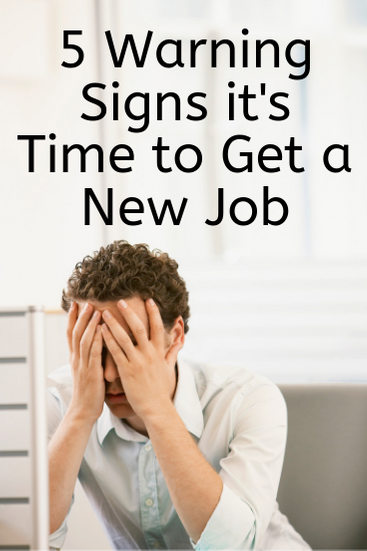

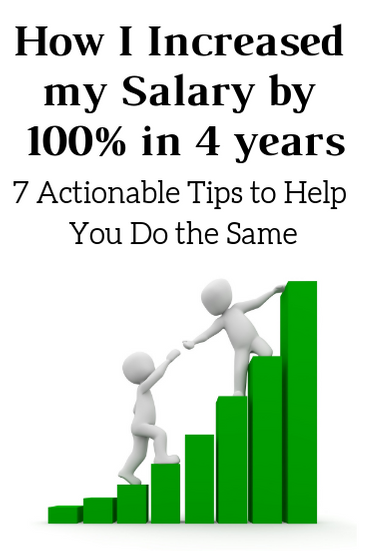
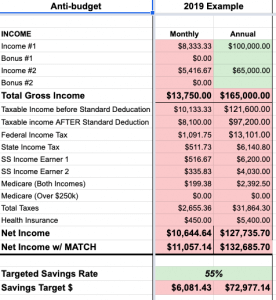

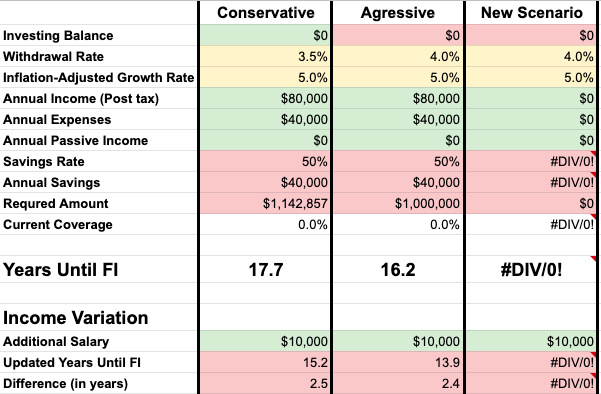
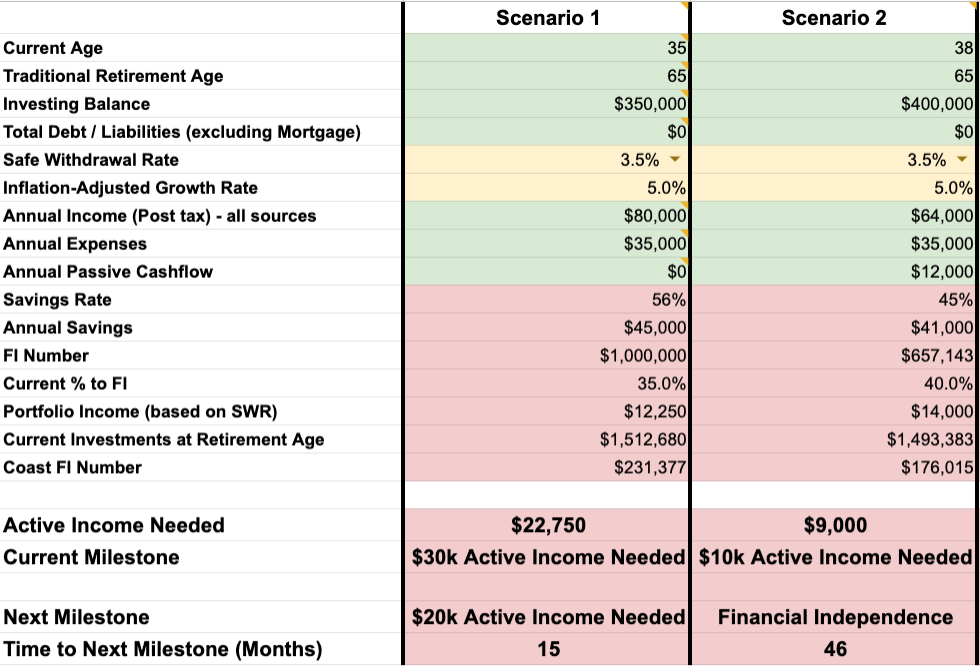
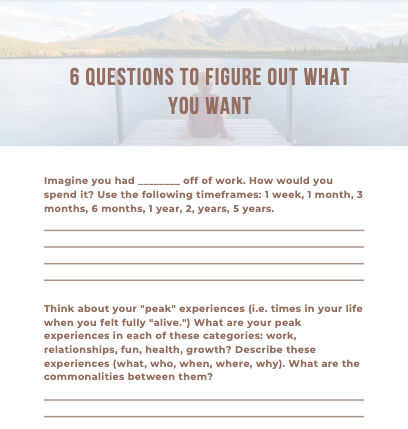
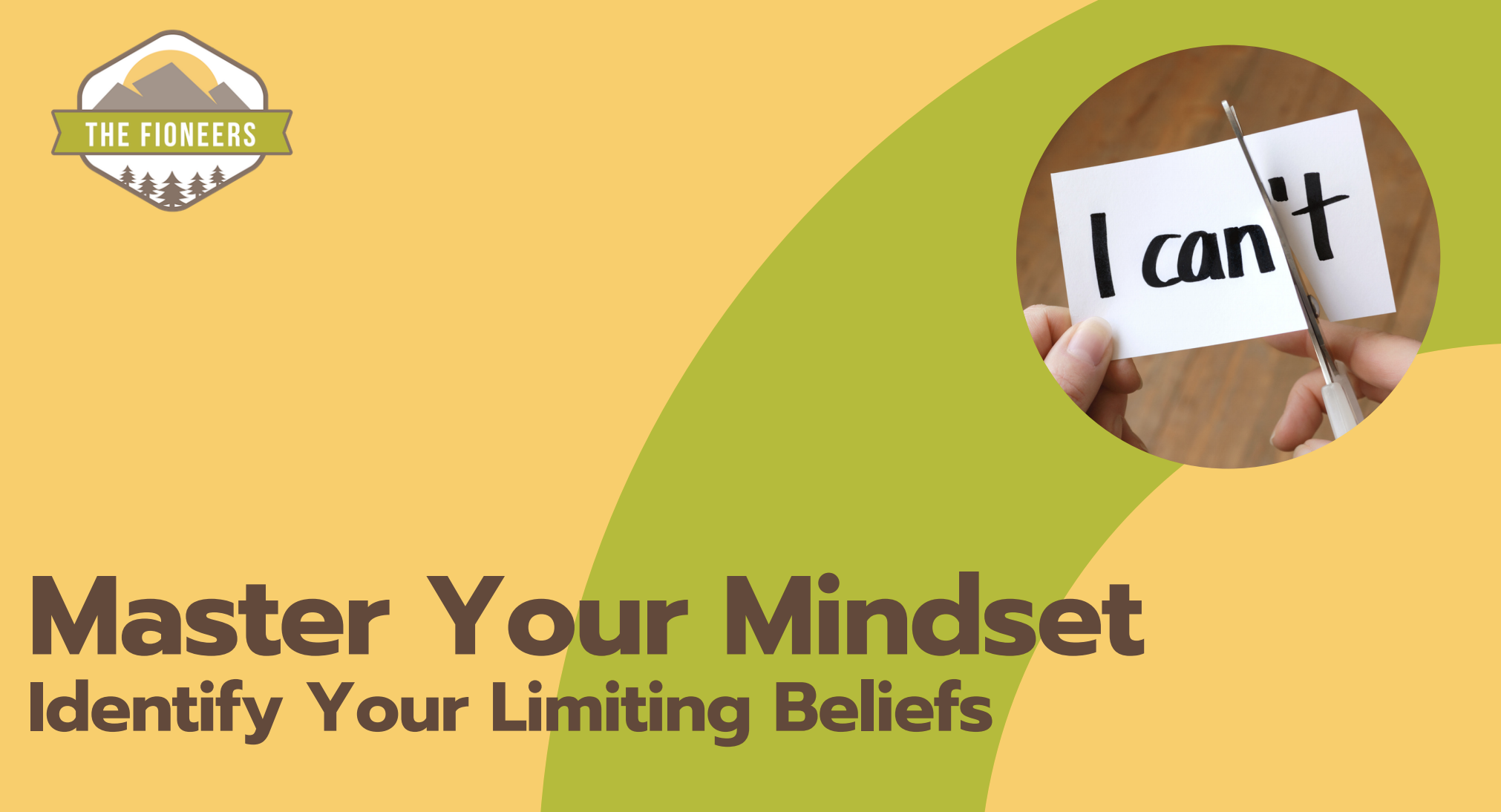
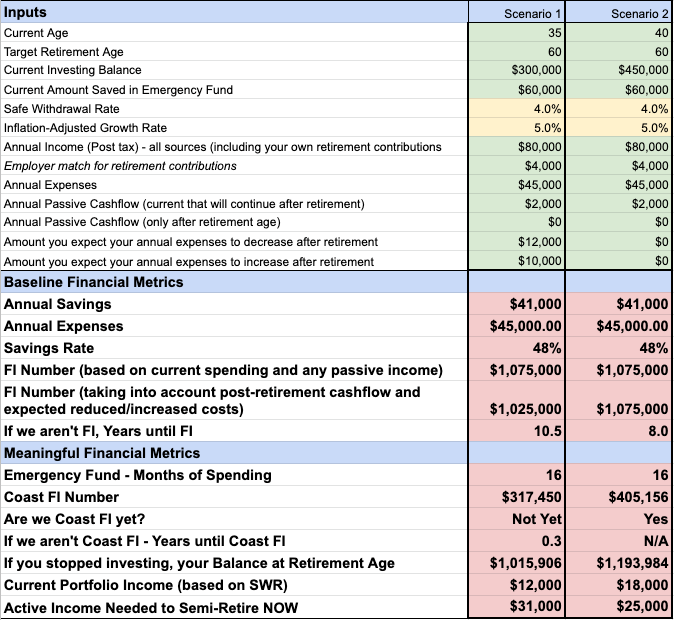
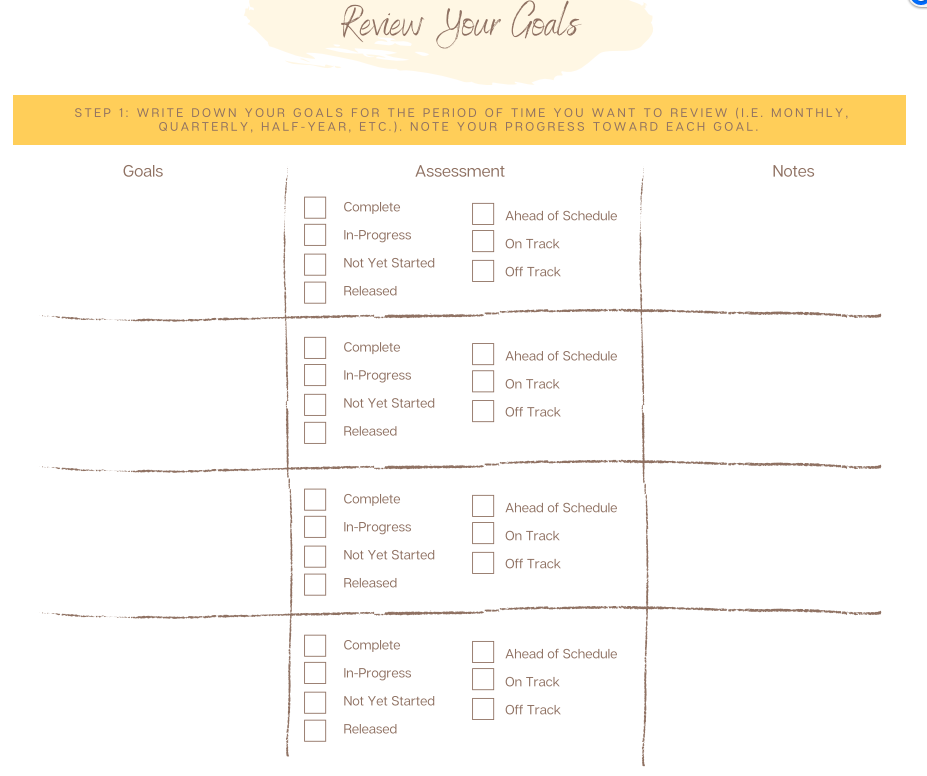
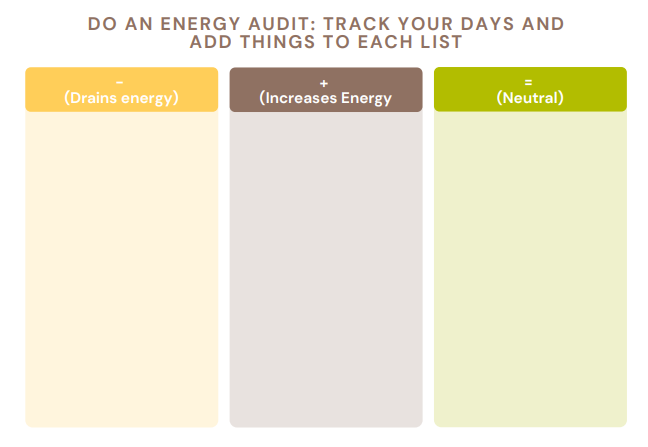
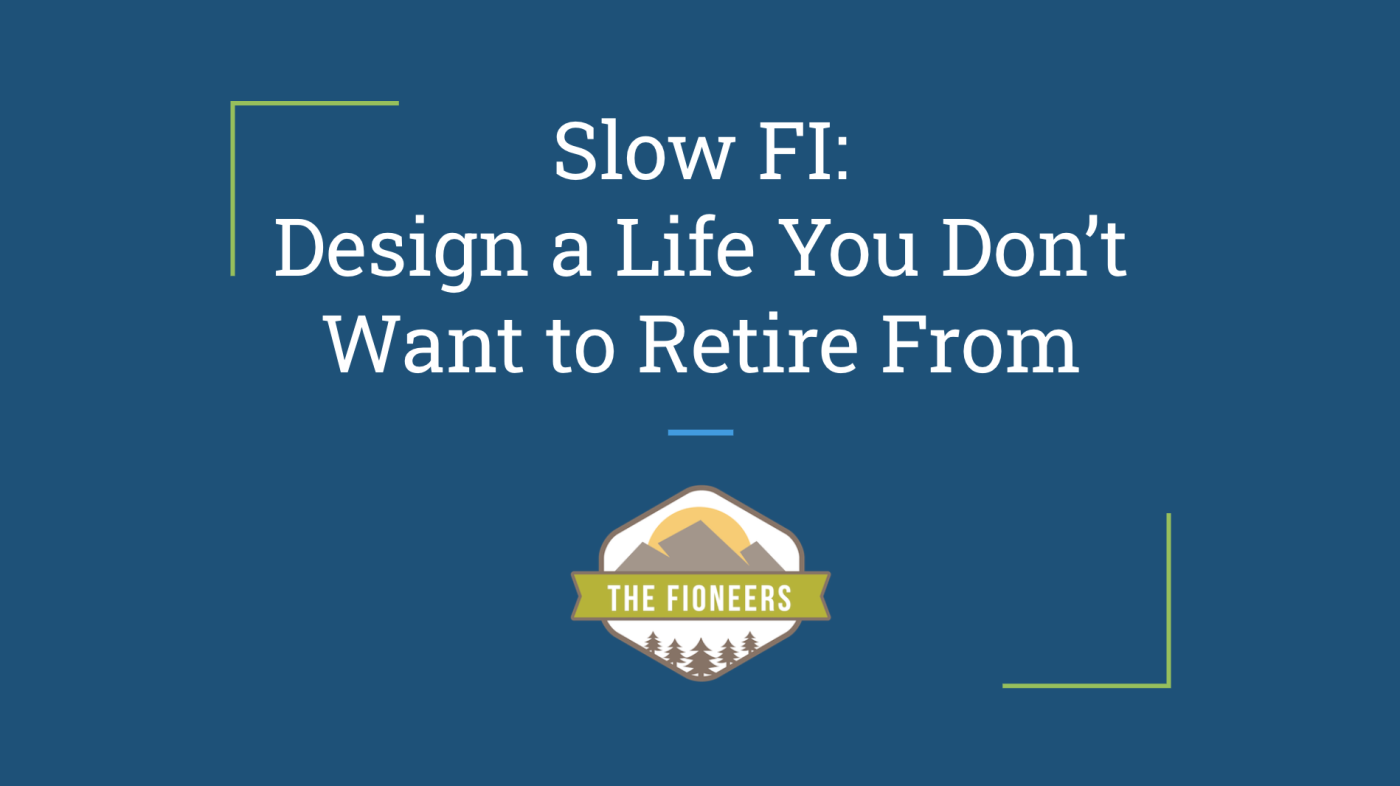
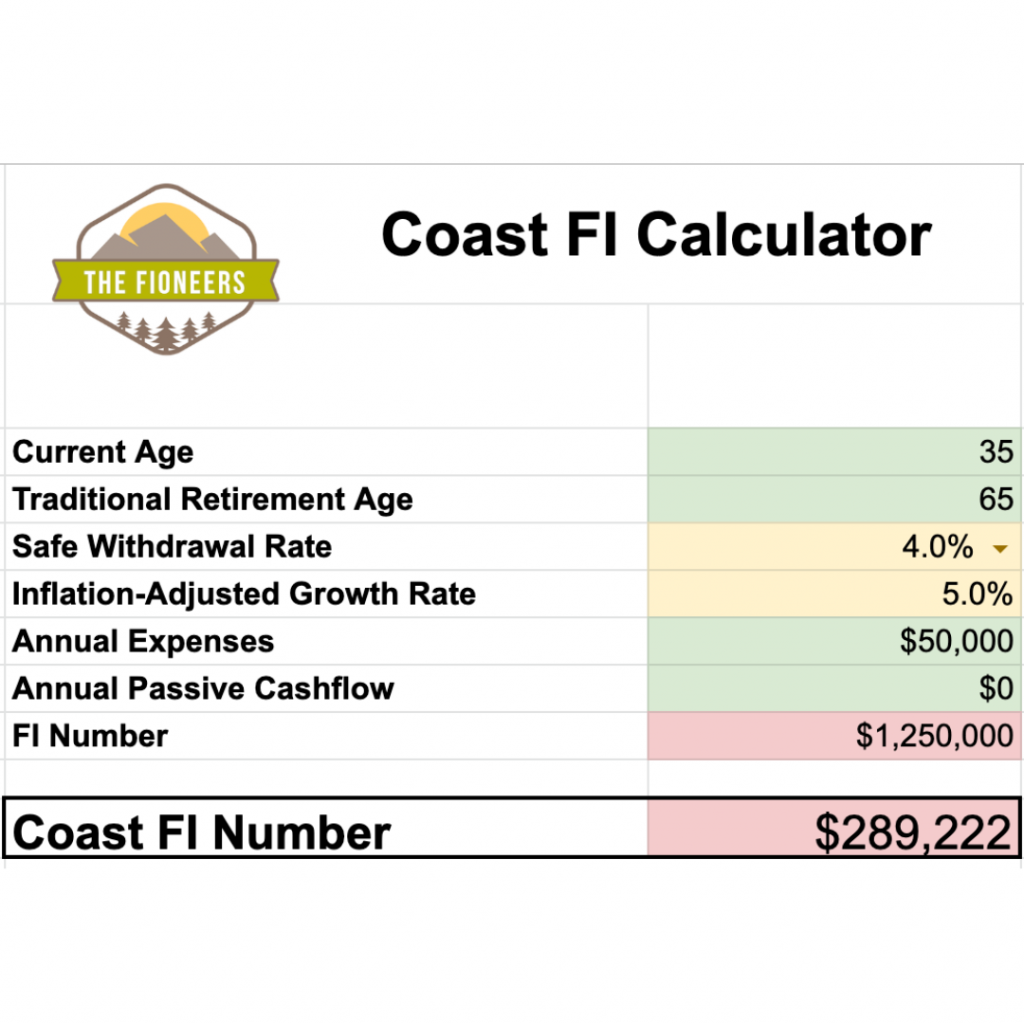



Thank you for this post i think its real informative in helping me to understand how i feel and it articulates an innate feeling i have very well. I hope to be able to put these things you suggested into actionable outputs and increase my mental health and stability. I have been in auto pilot for a longtime and wish to find myself again and regain true confidence in myself and well being. Thanks again
I always told myself that my life will be put on autopilot just until I reach the FIRE status then I’ll start thinking about whether I actually want the life that I created for myself or not.
Maybe I shouldn’t be thinking like that. It’s not a bad idea to evaluate once in a while whether I’m on the right trajectory or not and whether I’m happy with my life so far.
Hi David,
I definitely agree with this thinking. There are so many options beyond early retirement, and I definitely encourage you to start exploring them now. Who knows? Maybe your ideal life doesn’t actually involve (or require) retiring early.
Best,
Jess